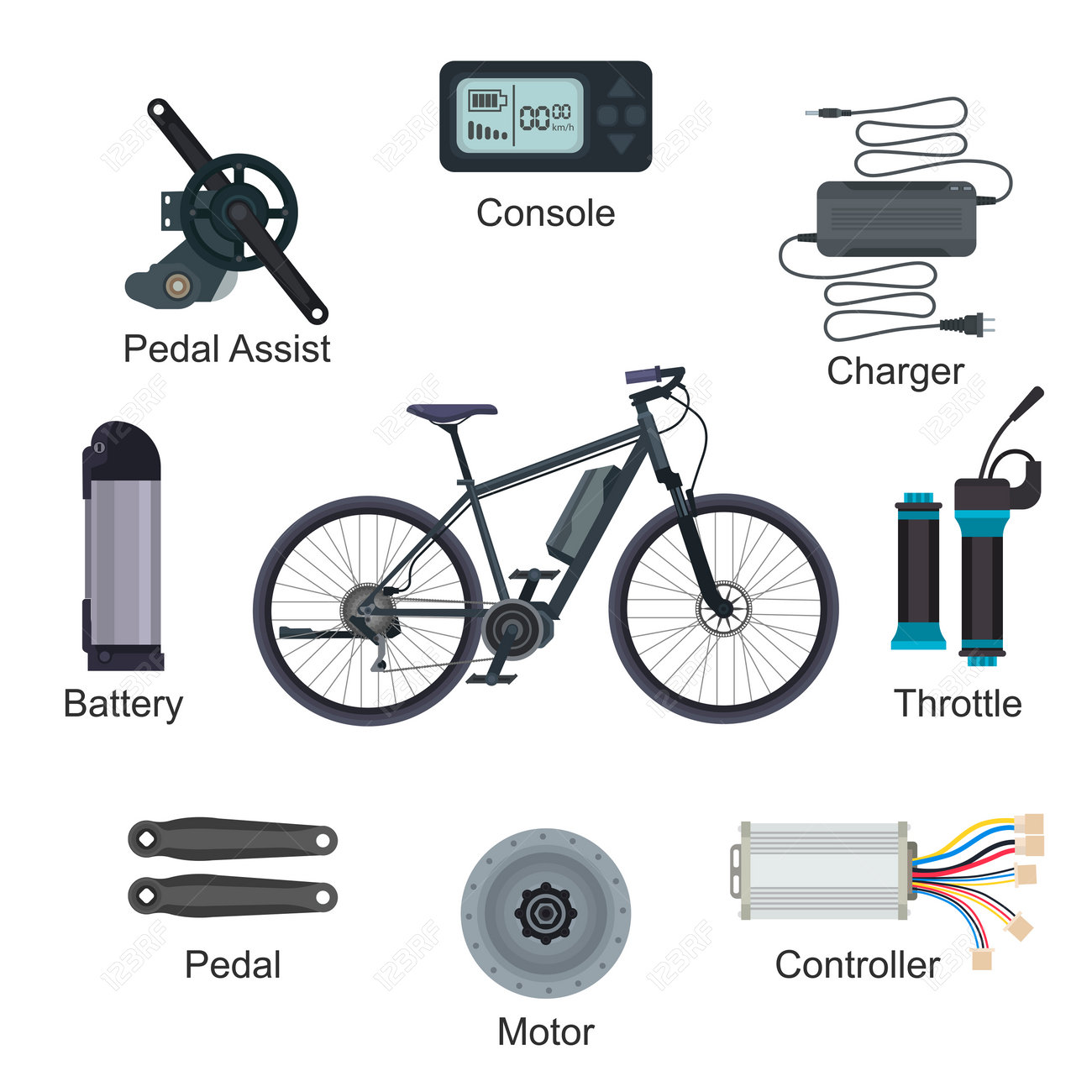Discover The Optimal E-Bike That Matches Your Demands And Legal Requirements
Discover The Optimal E-Bike That Matches Your Demands And Legal Requirements
Blog Article
Short Article Composed By-Middleton Bjerg
If you're taking into consideration buying an e-bike, understanding the various classes is key in making a notified decision. You may be stunned at just how each class provides distinct functions that satisfy various riding preferences and lawful needs. From pedal-assist choices to throttle-controlled designs, each class has its benefits. So, prior to you decide on the excellent e-bike for your requirements, it's critical to grasp the distinctions between Course 1, Class 2, and Course 3 e-bikes.
Course 1 E-Bikes
Class 1 E-Bikes are defined as pedal-assist electric bikes that give help only when you pedal, ceasing to do so once you get to 20 miles per hour. These bikes are perfect for those trying to find a little added boost while still wanting to get some workout. Class 1 E-Bikes use a smooth transition between pedaling and electrical aid, helping you overcome hills and long distances with ease. The electric motor starts as quickly as you begin pedaling, offering a natural and effortless adventure experience.
Among the key benefits of Class 1 E-Bikes is that they're enabled on most bike courses and trails where typical bikes are allowed. This suggests you can check out new courses and delight in the outdoors with no constraints.
Additionally, these bikes are environment-friendly and provide a sustainable setting of transport, minimizing your carbon impact while still getting you to your location efficiently.
Class 2 E-Bikes
Carrying on from the pedal-assist dynamics of Course 1 E-Bikes, Class 2 E-Bikes present a new element right into the electric bike realm. These e-bikes come with a twist throttle function, enabling you to ride without pedaling in all. With this enhancement, you have the choice to simply engage the throttle and let the motor do the work, driving you forward easily.
Course 2 E-Bikes are excellent for bikers that may require a break from pedaling or need assistance when beginning with a full quit. sizing womens bikes makes them particularly appealing for people with minimal movement or those that desire an even more leisurely riding experience.
However, Continue Reading is necessary to keep in mind that Class 2 E-Bikes are still regulated by a speed limit of 20 mph, making sure security and conformity with laws.
Class 3 E-Bikes
For motorcyclists looking for a much more dynamic electric cycling experience, Course 3 E-Bikes offer boosted speed and efficiency contrasted to their Course 1 and Course 2 equivalents. Class 3 E-Bikes are called "rate pedelecs" and can get to speeds of approximately 28 mph, supplying a thrilling ride for those looking for an added boost. These bikes come geared up with a pedal-assist system that starts when you begin pedaling, making it easier to maintain higher rates with less effort.
One essential feature of Course 3 E-Bikes is that they aren't limited to bike lanes just; they can also be utilized on streets where the speed limit is 30 miles per hour or reduced. This versatility enables cyclists to browse with traffic extra efficiently while still enjoying the benefits of electrical support.
Nonetheless, it's necessary to remember that some areas might have certain policies concerning using Course 3 E-Bikes, so always inspect local regulations before hitting the trail.
Conclusion
So, now that you recognize the distinctions in between Course 1, 2, and 3 E-Bikes, you can make a notified decision on which type ideal matches your needs. Whether you like pedal-assist, throttle attribute, or greater speeds, there is an E-Bike course available for you. Keep in mind to consider your local regulations and personal preferences prior to making your option. Satisfied riding!
